Documentary

Asunción girls
Two girls explore their flood-damaged former neighbourhood just behind the national congress on the banks of the Paraguay River. Their homes were flooded a few weeks before Christmas in 1997, forcing their already struggling families to relocate to makeshift residences in a public square.
Asunción, Paraguay
December 1997
Pentax IQ Zoom 120

Asunción girls
Two girls explore their flood-damaged former neighbourhood just behind the national congress on the banks of the Paraguay River. Their homes were flooded a few weeks before Christmas in 1997, forcing their already struggling families to relocate to makeshift residences in a public square.
Asunción, Paraguay
December 1997
Pentax IQ Zoom 120
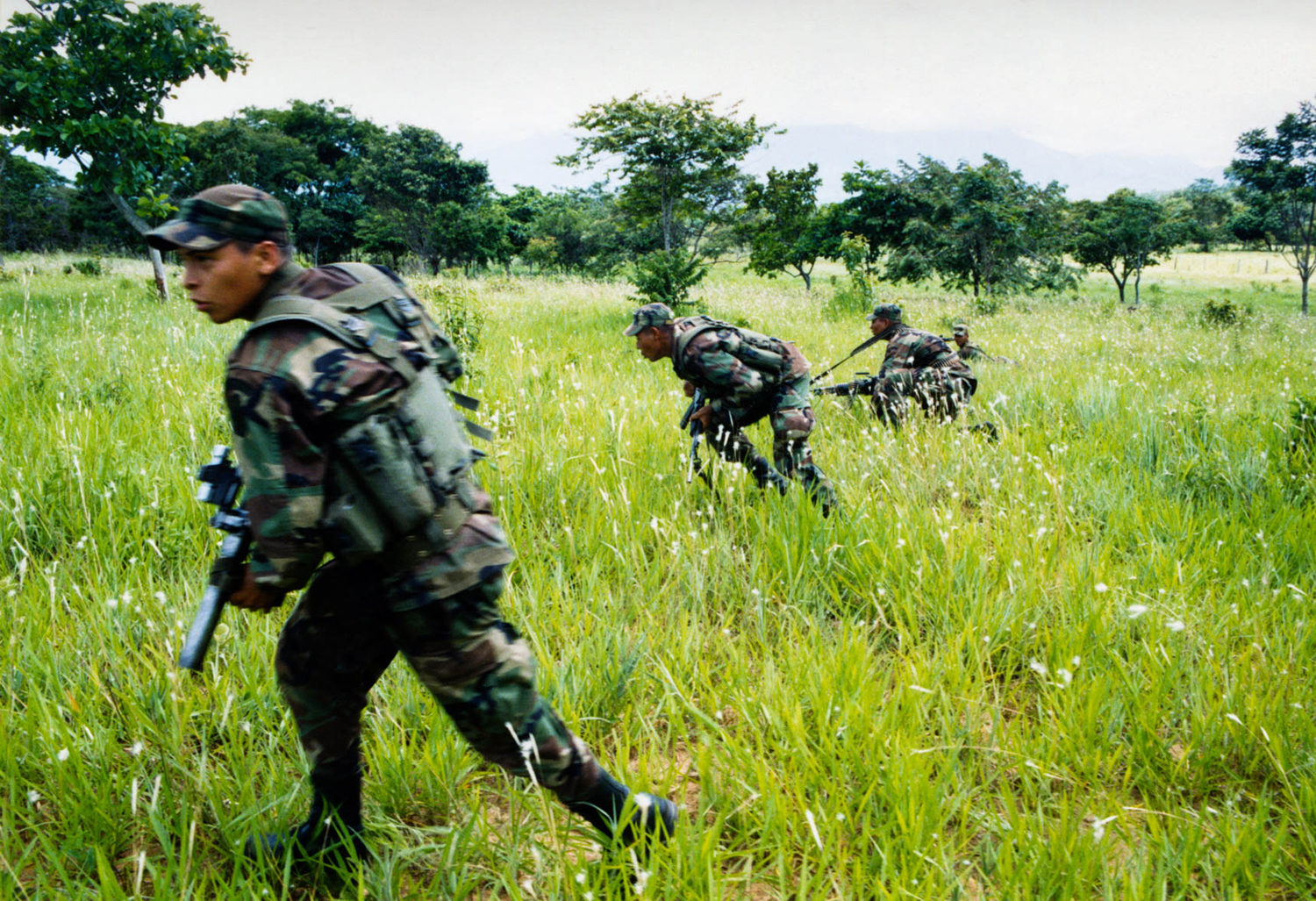
Colombian army
Soldiers from the Colombian Army's Navos Pardo Battalion, based at Tame in the eastern Colombian state of Arauca. Tasked with securing the town and surrounding countryside against guerrilla and paramilitary presence, members of the battalion were implicated in a massacre at the indigenous reserve of Betoyes in May 2003.
Tame, Arauca, Colombia
June 2003
Pentax MZ-M

Razpachin
A razpachin (coca plucker) holds handfuls of the innocuous leaves that, after several steps of processing, can become cocaine.
Putumayo, Colombia
February 2004
Pentax MZ-M
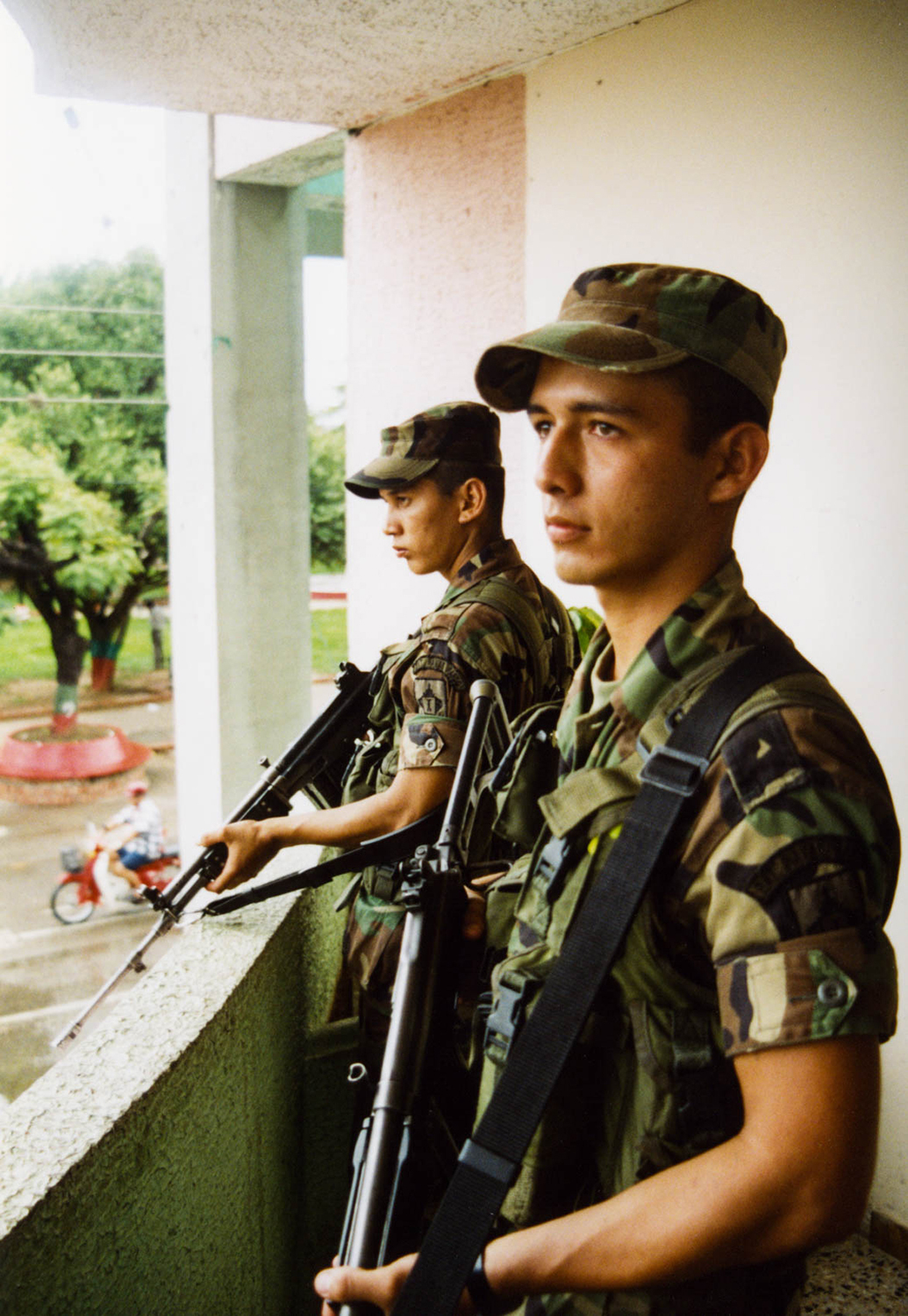
Soldados de mi pueblo
Two soldiers on sentry duty in Tame, Arauca. Both men were part of Colombia's 'Soldados de mi pueblo' initiative, which inducted locally born men into military service in their own communities in an attempt to bolster security.
Tame, Arauca, Colombia
June 2003
Pentax MZ-M

Soldados de mi pueblo
Two soldiers on sentry duty in Tame, Arauca. Both men were part of Colombia's 'Soldados de mi pueblo' initiative, which inducted locally born men into military service in their own communities in an attempt to bolster security.
Tame, Arauca, Colombia
June 2003
Pentax MZ-M

Police round-up
Colombian national police round up unfamiliar faces in Tame, Arauca.
Tame, Arauca, Colombia
June 2003
Pentax MZ-M

Police round-up
Colombian national police round up unfamiliar faces in Tame, Arauca.
Tame, Arauca, Colombia
June 2003
Pentax MZ-M
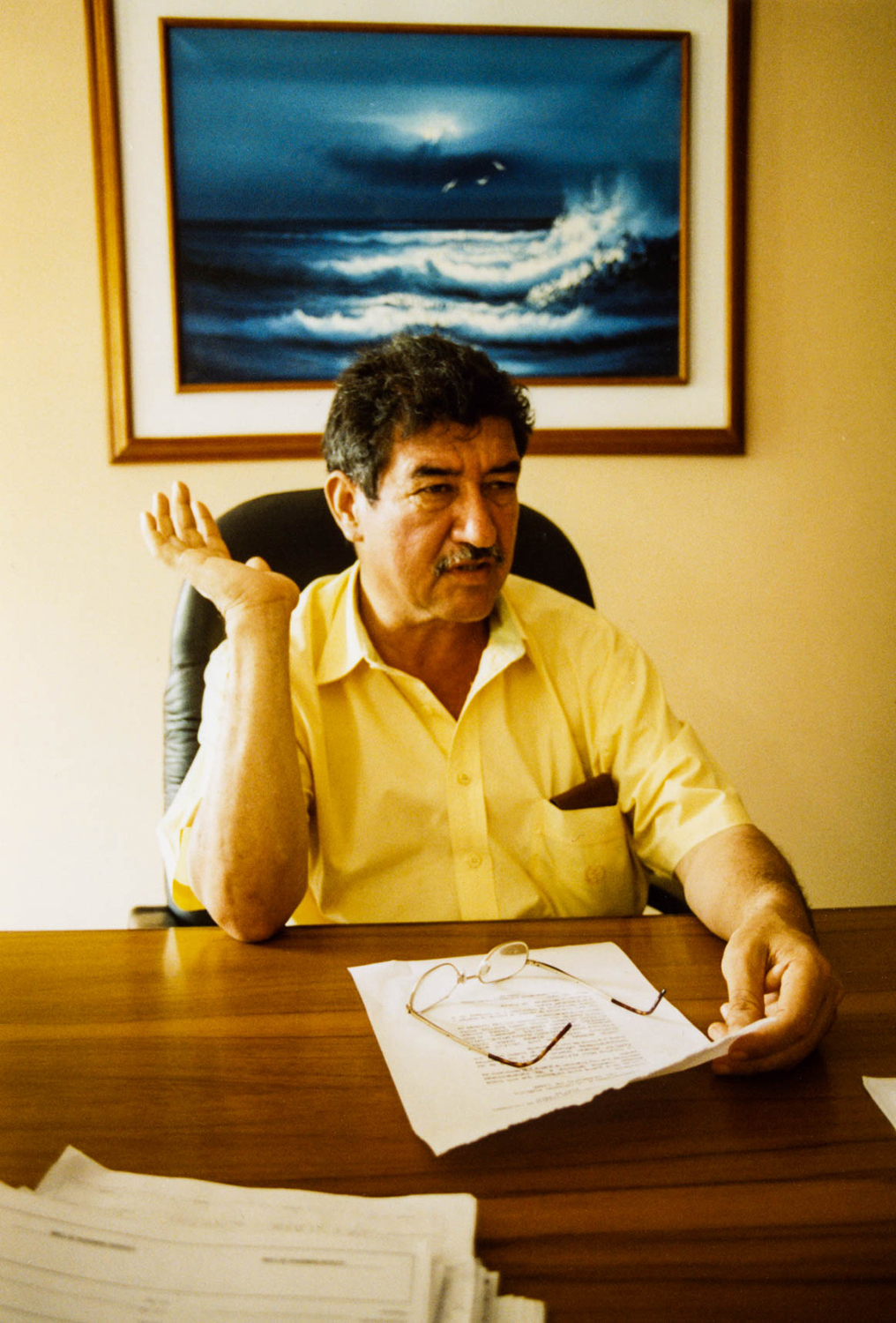
Mayor Bernal
Jorge Bernal was mayor of the rural town of Tame in 2003, when my colleague Garry Leech and I interviewed him about the war engulfing his region. Here he shrugs off a fax from the FARC guerrillas denouncing him as a 'narcoparamilitary'.
Tame, Arauca, Colombia
June 2003
Pentax MZ-M

Mayor Bernal
Jorge Bernal was mayor of the rural town of Tame in 2003, when my colleague Garry Leech and I interviewed him about the war engulfing his region. Here he shrugs off a fax from the FARC guerrillas denouncing him as a 'narcoparamilitary'.
Tame, Arauca, Colombia
June 2003
Pentax MZ-M
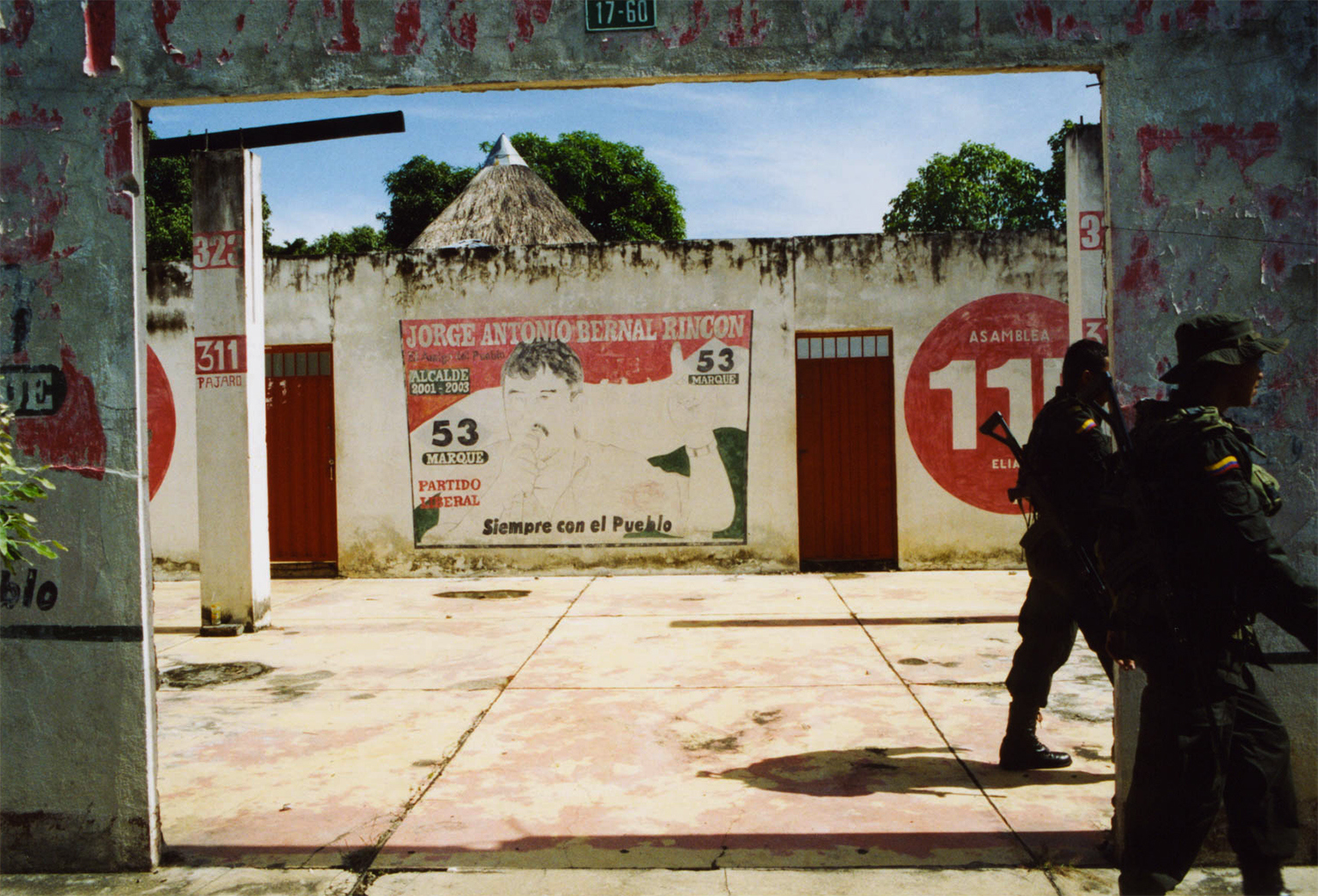
Police patrol
Two well-armed national police officers patrol the streets of Tame, passing sun-beaten election murals for the then-mayor.
Tame, Arauca, Colombia
June 2003
Pentax MZ-M
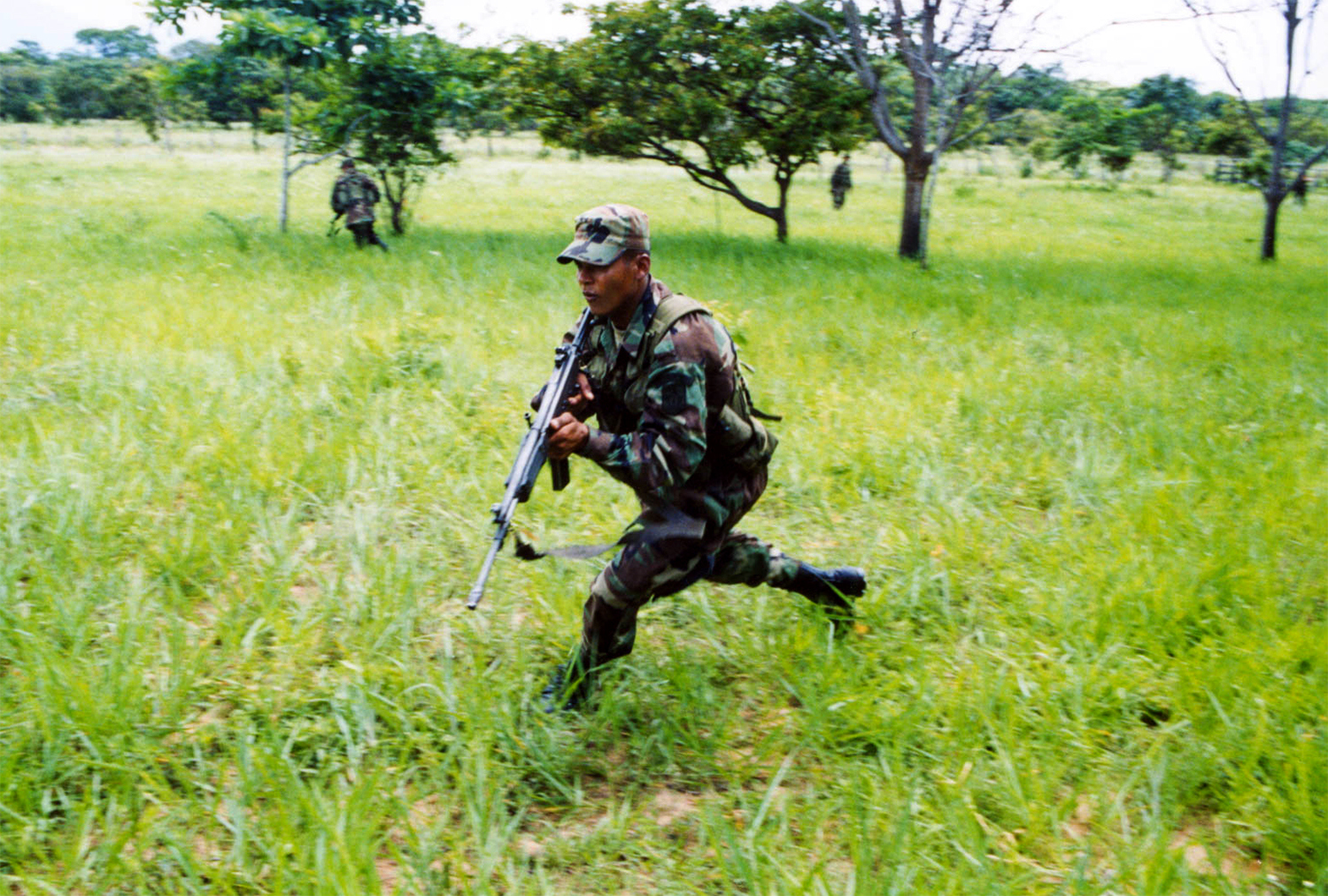
Charging soldier
A Colombian Army soldier charges ahead.
Tame, Arauca, Colombia
June 2003
Pentax MZ-M

Parade in Tame
Soldiers secure a parade in Tame, a rural town rocked by the violence of Colombia's civil war.
Tame, Arauca, Colombia
June 2003
Pentax MZ-M
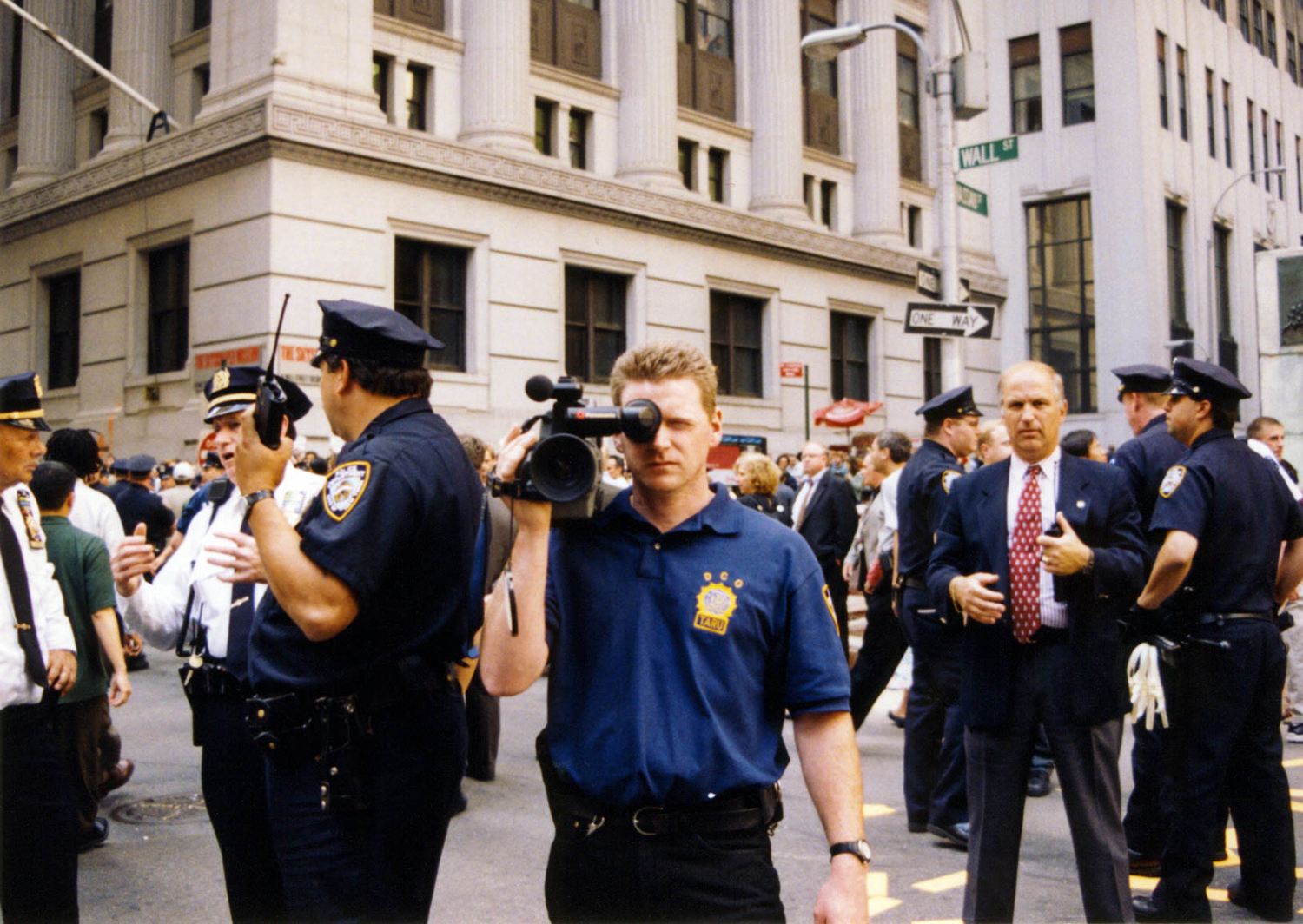
Protecting Wall Street
The NYPD blue are quick to turn out in defence of the white collars of Wall Street. Here, police film, observe, and later arrest peaceful protestors outside the doors of the New York Stock Exchange.
New York, United States
September 1999
Pentax ZX-M
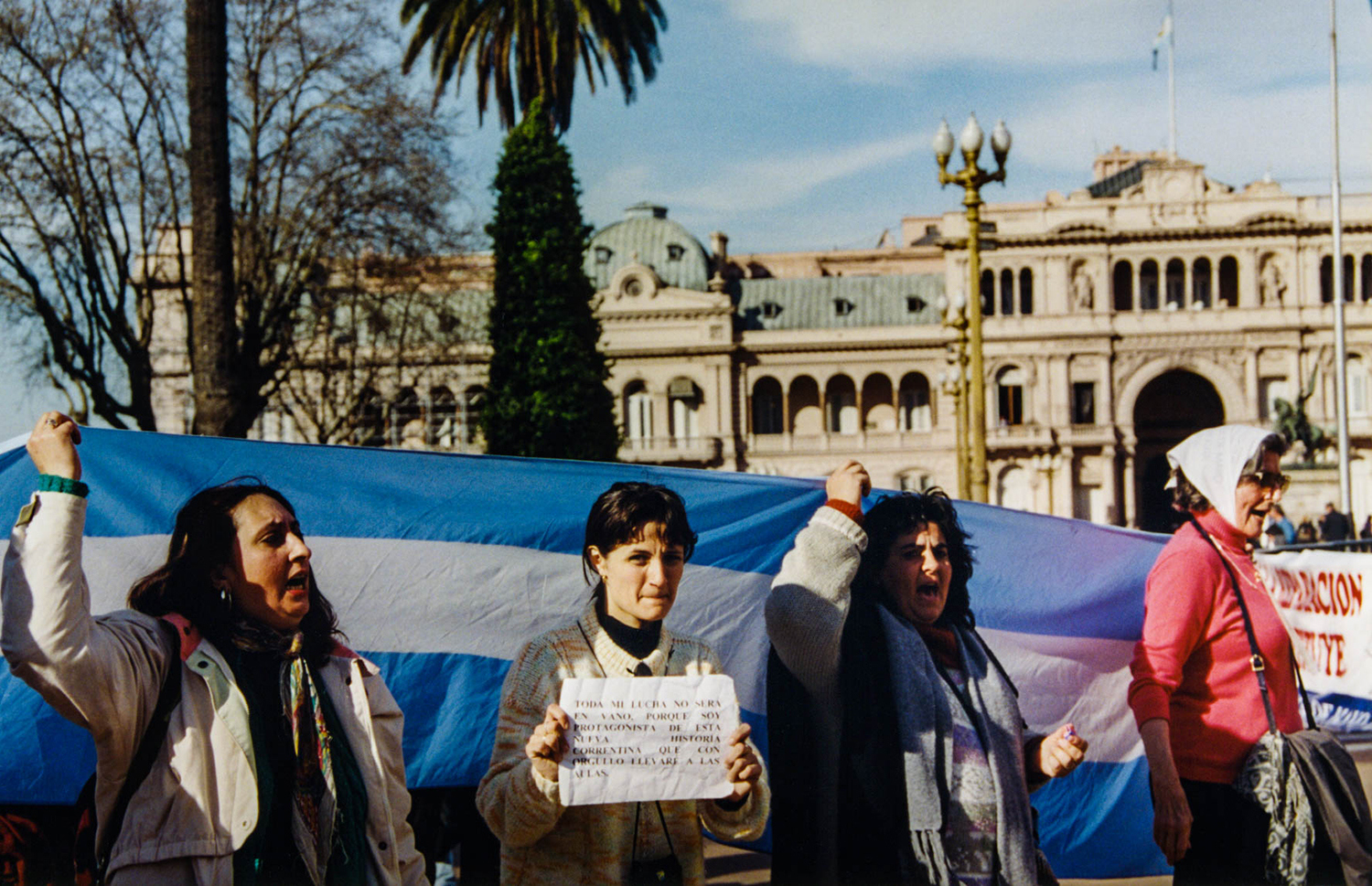
Historia correntina
Demonstrators from the province of Corrientes took their case to the presidential palace on Buenos Aires' Plaza de Mayo. They were part of broad-based civic movement spearheaded by teachers who were protesting unpaid wages, deteriorating quality of life, and corruption concerns in their provincial government in 1999 – in many ways precursors to the broader meltdown that ravaged Argentina in 2001.
Her sign reads, 'My struggle will not be in vain, as I am a part of this new history of Corrientes, which I will proudly bring to the classrooms'.
Buenos Aires, Argentina
July 1999
Pentax ZX-M

Soldiers share a laugh
Two soldiers guard a street corner in central Tame, a town in Colombia's war-ravaged Arauca department. Their presence was part of an attempt to hold the town after it was reclaimed from guerrillas.
They are laughing at a joke my colleague made about the relative size of their weapons – indeed, the US M60 carried by the soldier at left is a hefty machine gun often fired by a team of two or three gunners, while the soldier at right carries a more standard-issue Galil, an Israeli derivative of the infamous Soviet/Russian AK-47.
Tame, Arauca, Colombia
June 2003
Pentax MZ-M
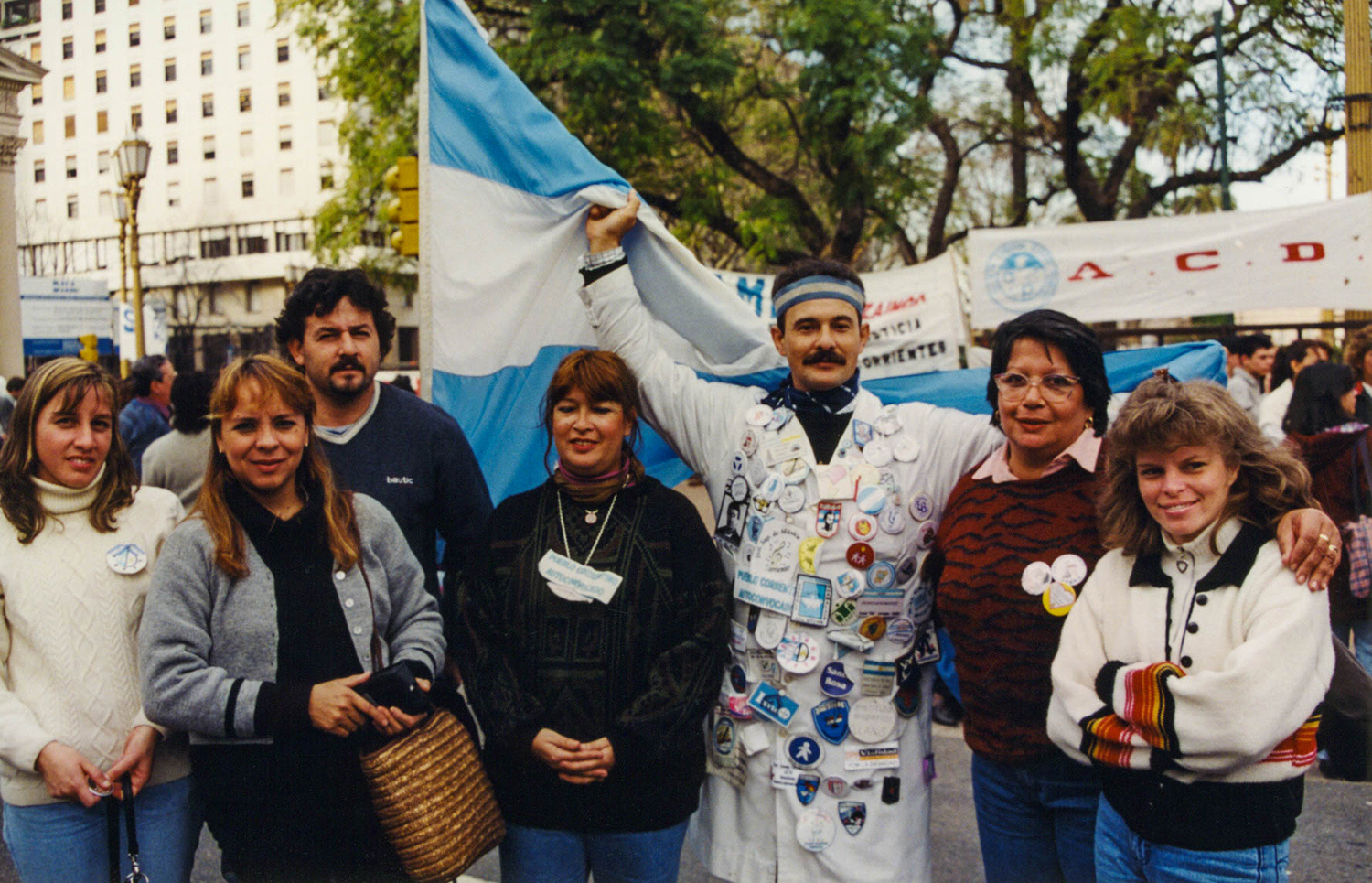
Autoconvocados
Autoconvocados (self-organised protestors) from Corrientes province, in Buenos Aires' Plaza de Mayo. Argentina has a rich tradition of autonomous worker movements who eschew formal affiliations with unions or political parties, yet can successfully mount sustained popular protests around shared concerns.
In these protests in 1999, a diverse front of teachers, state employees, farmers, pensioners, healthcare workers, small business owners, transport workers, and the un(der)employed organised months-long demonstrations against government corruption, unpaid wages, and diminishing quality of life in their province. Using tactics such as strikes, roadblocks, escraches (loud demonstrations outside the homes of targeted individuals), and mass marches, they amplified their call for reforms. Six months in, the Corrientes autoconvocados had even brought their protests to the national capital.
Their concerns and protests were an early indicator of the grim politico-economic meltdown that was about to ravage the entire country.
Buenos Aires, Argentina
August 1999
Pentax ZX-M